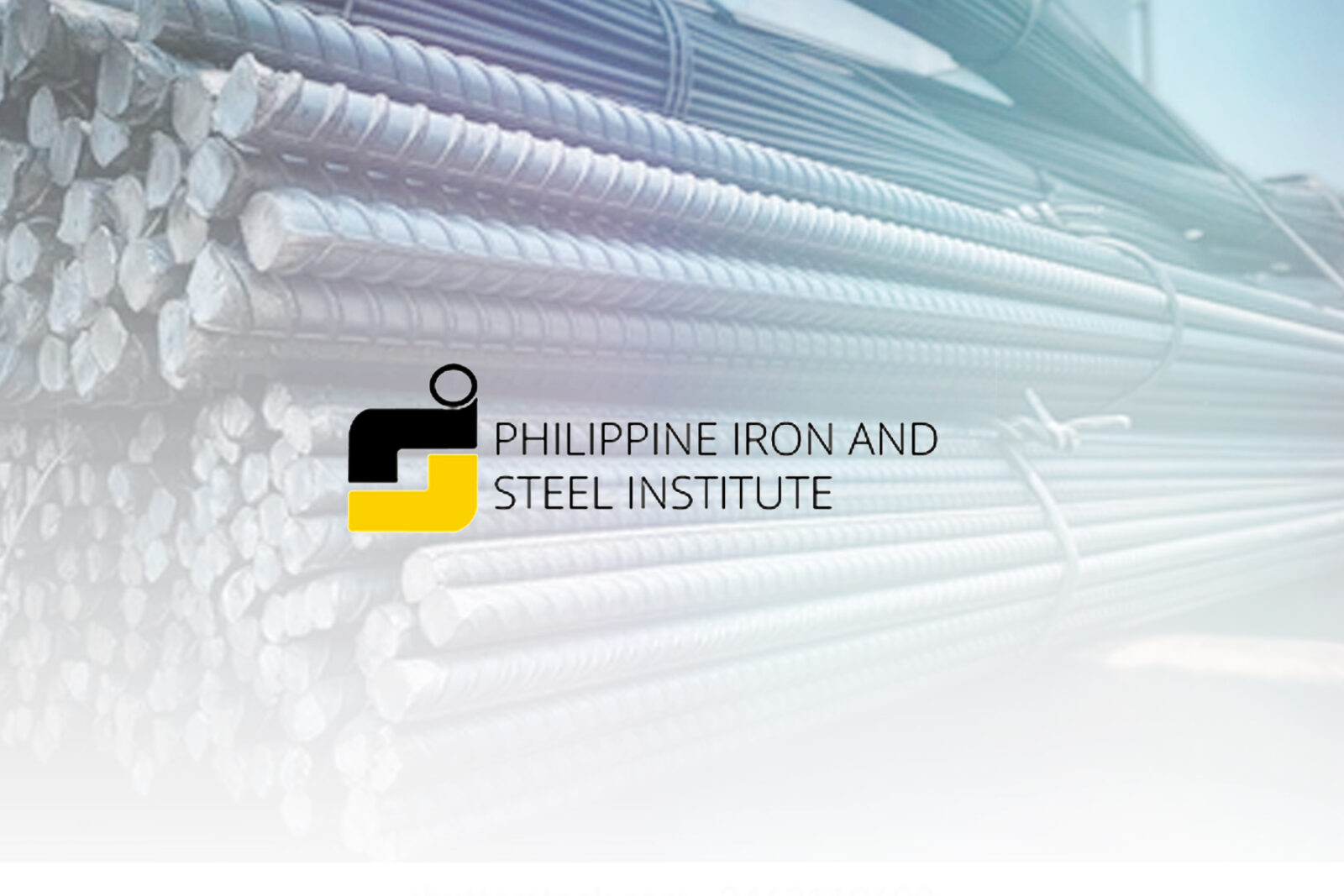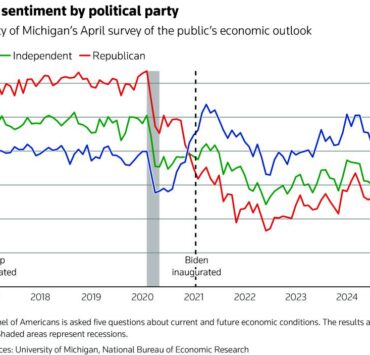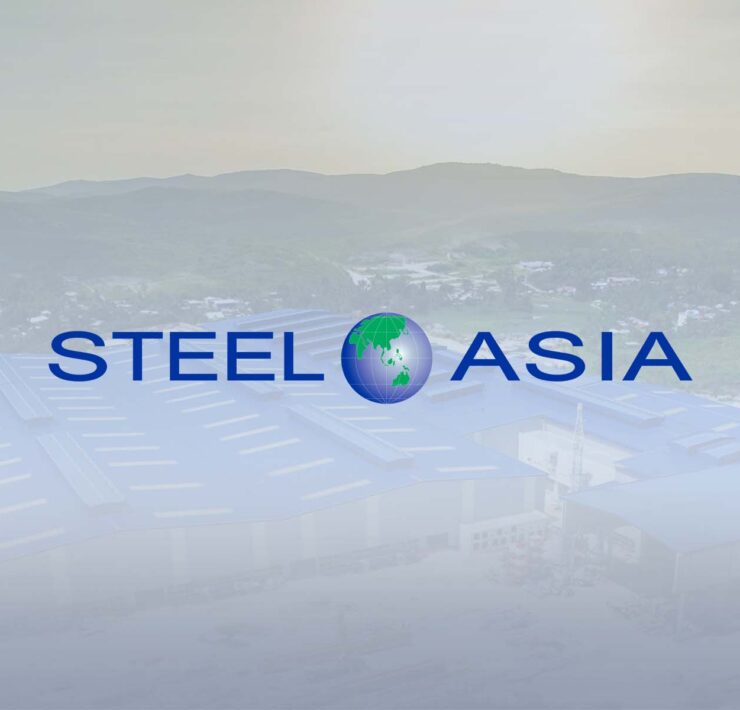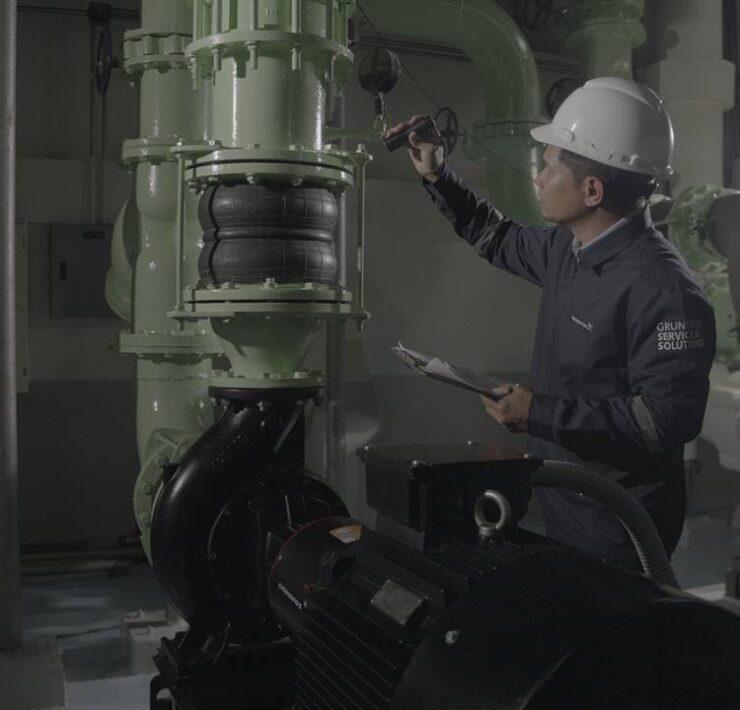Steel industry group seeks ban on induction furnaces

A group of local steel companies is urging the government to ban the use of induction furnaces in making steel, warning that the technology is fueling the spread of substandard steel products in the country.
The Philippine Iron and Steel Institute (PISI) last week raised the alarm on what it described as a growing threat to public safety and the environment.
PISI noted a sharp rise in the number of induction furnace facilities operating in the country. The group said many of these facilities are second-hand units imported from China.
“As far back as 2002, the Chinese government had already raised its concern over the existence of induction furnaces being used to produce substandard quality steel products,” PISI President Robert Cola said in a statement.
Cola said that Chinese authorities had used the term “di tiao gang,” or “ground steel,” to describe the poor-quality output of these facilities.
“The term was used to refer to these poorly manufactured steel in general,” Cola said.
He added that the primary drawback of using induction furnaces is the absence of a refining process to remove harmful elements from molten steel, leading to inconsistent product quality.
This poses a significant risk, he said, especially since these materials are commonly used in the construction of buildings and infrastructure.
“These steel products are safety hazards. They’re used in structures where strength and reliability should be non-negotiable,” he said.
Environmental health risks
Beyond product quality, Cola said these furnaces also pose environmental and health risks.
“The operation of these induction furnaces harms their workers and surrounding communities, since they generally do not have dust and emissions collecting equipment,” he said.
“Harmful gases and dust generated during scrap melting are just allowed to be emitted directly into the environment,” he added.
China banned the use of induction furnaces for construction-grade steel production in a policy issued in 2017. Cola said that by June that year, such facilities have been shuttered.
“Just as in the case of finished steel products, (the Association of Southeast Asian Nations) became the preferred destination for the export of these obsolete and unwanted induction furnaces from China,” Cola said.
He said that the Philippines’ own steelmaking capacity using this technology has surged — from less than 150,000 metric tons per year in 2017 to around 3 million metric tons today.



















